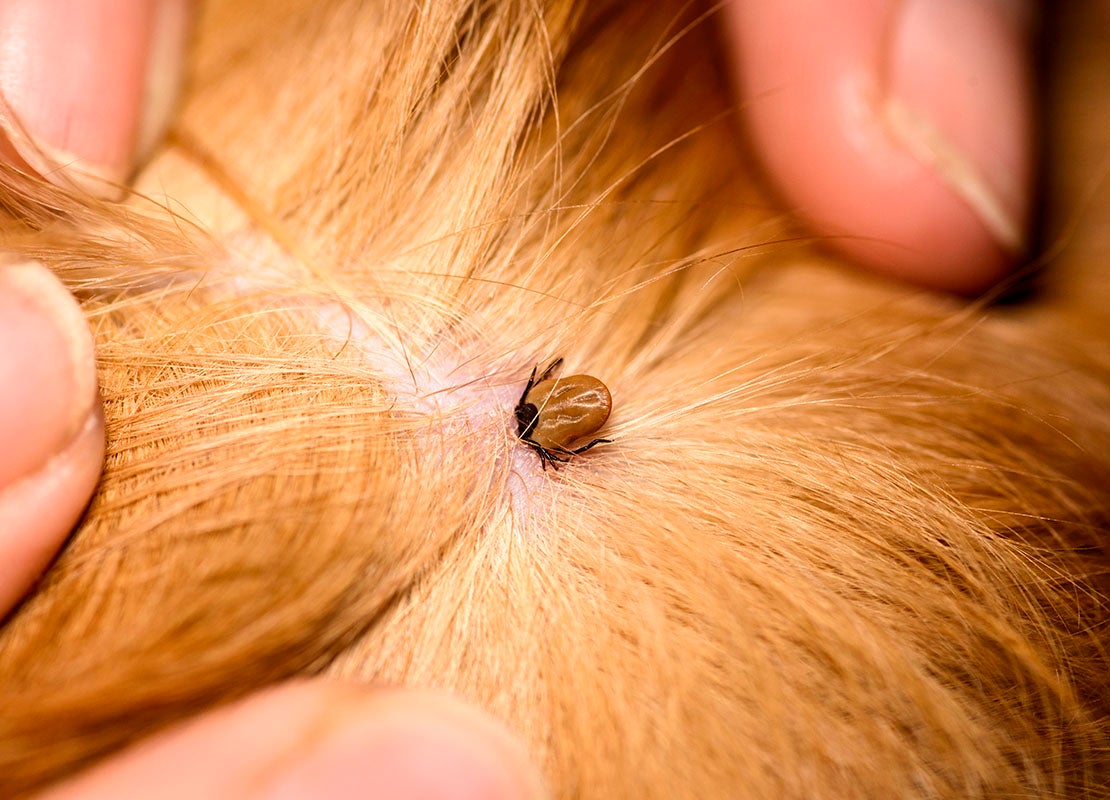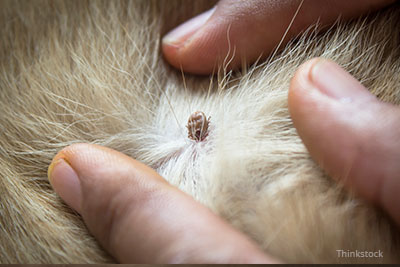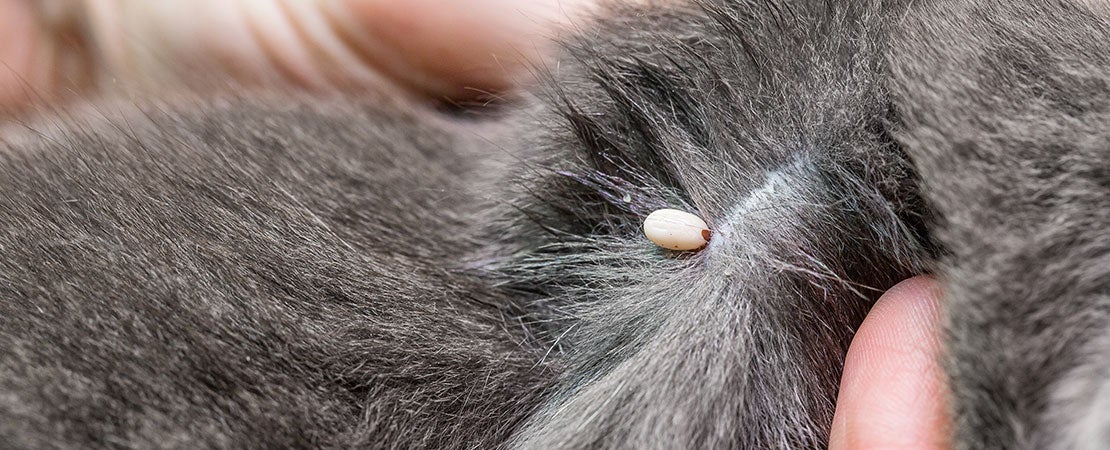If tick head stays in your dog, use fine-tipped tweezers to carefully remove it. Then clean the area with rubbing alcohol.
Tick bites can be a common occurrence for dogs, and it’s important to know how to properly handle the situation if the tick’s head remains embedded in the skin. When a tick head stays in a dog, it can lead to potential infection and discomfort.
Therefore, it’s crucial to address the issue promptly and effectively. By following the proper technique, you can ensure the tick head is safely removed to minimize any potential complications. Additionally, knowing the signs of infection and when to seek veterinary care is essential for your dog’s overall health and well-being. Let’s delve into the details of how to handle a tick head staying in your dog and the necessary steps to take for their care.

Credit: mypetandi.elanco.com
What To Do If Tick Head Stays In Dog
What to Do If Tick Head Stays in Dog
If you have found a tick on your dog and have successfully removed the body, but the head remains lodged in your dog’s skin, it’s important to take immediate action. Leaving the tick head in your dog’s skin can lead to a range of complications, including infection and discomfort for your furry friend. Follow these steps to ensure your dog’s health and well-being:
Removing The Tick Head
To remove the tick head, you will need some clean tweezers or a tick removal tool. Make sure to disinfect the tool before starting the extraction process. Follow these steps:
- Gently part your dog’s fur to access the tick head.
- Position the tweezers or tick removal tool as close to the skin as possible, grasping the tick head firmly.
- With slow and steady pressure, pull the tick head straight up and away from the skin.
- Be careful not to twist or squeeze the tick head, as this can cause it to break and further complicate the extraction process.
Treating The Area
After successfully removing the tick head, it’s important to clean the affected area to minimize the risk of infection. Follow these steps to properly treat the area:
- Use a mild antiseptic solution or rubbing alcohol to gently clean the skin around the tick bite.
- Avoid applying any harsh or irritating substances, such as hydrogen peroxide or iodine, as these can delay the healing process.
- Pat the area dry with a clean, soft cloth or paper towel.
- Apply a thin layer of antibiotic ointment to promote healing and prevent infection.
Monitoring For Infection
Keep a close eye on the tick bite site for the next few days to ensure there are no signs of infection. Look out for:
- Redness, swelling, or warmth around the tick bite.
- Pus or discharge.
- Excessive itching or discomfort.
- Foul odor.
If you notice any of these symptoms, it’s crucial to consult your veterinarian for further guidance and potential treatment options.
Preventing Tick Infestations
While tick bites are common, prevention is key to protecting your dog from these pesky parasites. Consider the following preventative measures:
- Regularly check your dog for ticks, especially after outdoor activities.
- Use a tick preventative product recommended by your veterinarian.
- Keep your dog’s outdoor living areas clean and well-maintained.
- Avoid walking your dog in tall grassy areas where ticks are commonly found.
- Consider using tick repellents specifically designed for dogs.
- Examine yourself and family members for ticks after spending time outdoors, as ticks can attach to humans and find their way onto your pet.
Seeking Veterinary Assistance
If you are unable to remove the tick head or if you notice any signs of infection, it’s crucial to seek veterinary assistance promptly. Your veterinarian can provide professional guidance, further treatment, and ensure the optimal health of your beloved pet.

Credit: www.pethealthnetwork.com

Credit: yourpetandyou.elanco.com
Frequently Asked Questions Of What To Do If Tick Head Stays In Dog
What Should I Do If A Tick Head Stays In My Dog?
If a tick head stays in your dog, don’t panic. Use clean tweezers to gently remove the tick head. Disinfect the area with rubbing alcohol or iodine solution. Observe for any signs of infection or inflammation, and consult your veterinarian if necessary.
Watch for symptoms like fever, pain, or redness around the bite area.
Conclusion
If you find that a tick’s head stays in your dog, it’s important to handle the situation promptly and cautiously. Carefully remove the remaining tick body without causing further harm to your furry friend. Keep an eye on the bite area for any signs of infection and consult a veterinarian if necessary.
Remember, safeguarding your dog against ticks is key to preventing such situations. Stay vigilant and prioritize your pet’s well-being.



